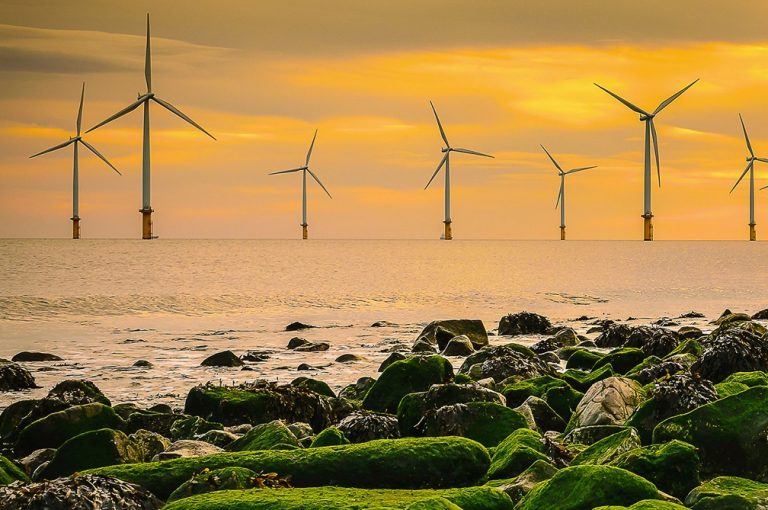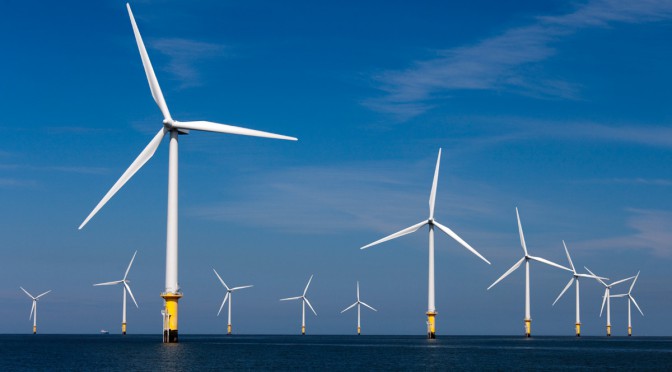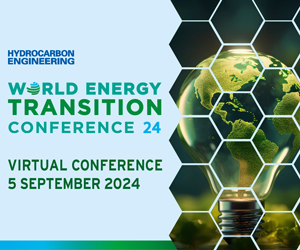THE renewable marine energies (EMR) represent a promising solution for the global energy future. Harnessing the vast resources of the oceans, such as tides, currents and thermal gradients, these innovative technologies offer a clean and sustainable alternative to fossil fuels. Beyond offshore wind, MRE includes a variety of technologies still little known to the general public but with immense potential. The tidal turbine, for example, uses the force of ocean currents to generate electricity. In this context, understanding and developing these energy sources can play a key role in our energy transition towards a greener and sustainable future.

THE renewable marine energies (EMR) represent considerable potential for the global energy transition. Harnessing the power of the oceans, these technologies offer a promising alternative to fossil fuels. Among the solutions available, we find tidal energy, tidal energy, marine biomass, ocean thermal energy and offshore wind turbines. Each of these technologies has the capacity to contribute significantly to a more sustainable energy future.
Table of Contents
ToggleThe different renewable marine energies
Tidal turbine
Tidal energy harnesses the power of ocean currents to produce electricity. By placing underwater turbines in areas with high water circulation, it is possible to generate constant and predictable renewable energy. These turbines operate on a similar principle to land-based wind turbines, using rotation to create electricity.
Tidal energy
Tidal power takes advantage of high and low tides to produce electricity. These systems require the construction of dams or lagoons that capture and release seawater following tidal cycles. By moving forward and backward, the water sets in motion turbines which generate energy. This technology is particularly effective in coastal areas where tides are significant.
Marine biomass
Marine biomass uses organic matter from the ocean, mainly algae, to produce energy. Algae can be grown and harvested and then turned into biofuels or electricity. This solution has the advantage of not competing with agricultural land and of contributing to the reduction of greenhouse gases.
Ocean thermal energy
This technology exploits the temperature difference between warmer surface waters and colder deep waters to produce electricity. By using a low boiling point working fluid, steam can be generated which drives turbines. The thermal energy of the seas is particularly interesting for tropical and subtropical regions where temperature differences are more marked.
Offshore wind
Although often discussed separately, theoffshore wind is also part of marine renewable energies. By installing wind turbines on fixed or floating foundations at sea, it is possible to capture stronger and more constant winds than on land. This makes it possible to generate significant energy production with less visual impact.
How can marine energies transform our energy future?
Reduction of carbon emissions
THE renewable marine energies contribute to the reduction of carbon emissions by replacing fossil fuels. By exploiting ocean resources, we can reduce our dependence on polluting fuels and reduce our impact on the climate.
Energy independence
The use of MRE can increase the energy independence of countries. By diversifying energy sources, nations can reduce their dependence on energy imports and improve their economic security.
Job creation
The development and maintenance of infrastructure linked to marine renewable energies creates numerous jobs. This includes research and development, construction, installation and maintenance of maritime technologies.
Environmental benefits
In addition to reducing greenhouse gas emissions, EMRs have a lower environmental impact compared to traditional energies. They do not cause air or water pollution and often present solutions favorable to the preservation of marine biodiversity.









